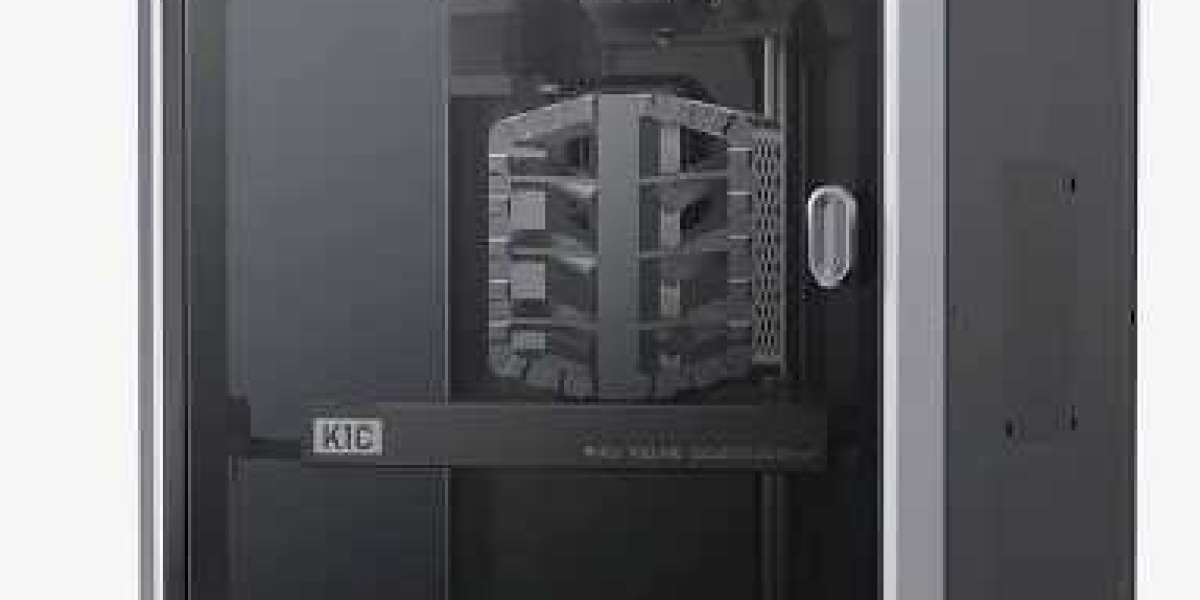What is Wood Filament?
Wood filament is a composite material made from a blend of thermoplastic (usually PLA) and finely ground wood particles. This innovative combination allows users to create prints that not only look like wood but also feel like it. Available in various wood types—such as pine, mahogany, and birch—wood filament offers a natural finish that appeals to both creators and consumers.
Key Characteristics of Wood Filament
Aesthetic Appeal: One of the most significant advantages of wood filament is its wood-like appearance. Printed objects have a texture and finish that closely resembles real wood, making them ideal for artistic projects and decor.
Scent: During printing, wood filament emits a pleasant, woody aroma that adds to the sensory experience of working with this material. Many users find this aspect particularly enjoyable.
Eco-Friendly: By incorporating wood particles, this filament offers a more sustainable option compared to traditional plastics. It is often made from renewable resources, appealing to environmentally conscious users.
Ease of Use: Wood filament typically has similar printing characteristics to PLA, making it relatively easy to work with. It adheres well to build surfaces and has a low risk of warping.
Applications of Wood Filament
Wood filament's unique properties make it suitable for various applications:
Artistic Creations: Artists and designers use wood filament to craft sculptures, decorative items, and intricate models that showcase the beauty of natural materials.
Functional Objects: Wood filament can be used to create functional items like coasters, keychains, and small furniture pieces, adding an elegant touch to everyday objects.
Educational Projects: In educational settings, wood filament provides students with a unique material to explore design and engineering concepts while engaging with a tactile medium.
Tips for Printing with Wood Filament
While wood filament is user-friendly, there are some tips to ensure successful prints:
Nozzle Size: Use a nozzle with a larger diameter (0.4 mm or larger) to prevent clogging, as the wood particles can lead to blockages in smaller nozzles.
Temperature Settings: Typically, wood filament prints well at temperatures between 190°C and 220°C. Experiment with your printer’s settings to find the optimal temperature for your specific filament brand.
Print Speed: Slower print speeds can help improve print quality, allowing for better layer adhesion and finer details.
Bed Adhesion: To enhance adhesion and minimize warping, consider using a heated bed and applying a layer of glue stick or painter's tape to the print surface.
Post-Processing: Wood filament can be sanded and painted, allowing for further customization. Consider using wood stains or finishes to enhance the natural look of your prints.








